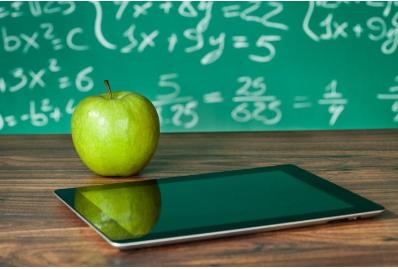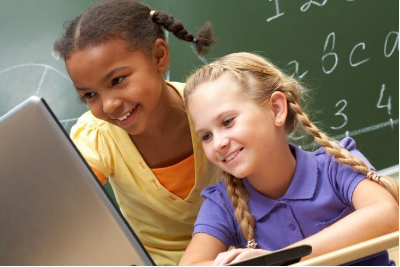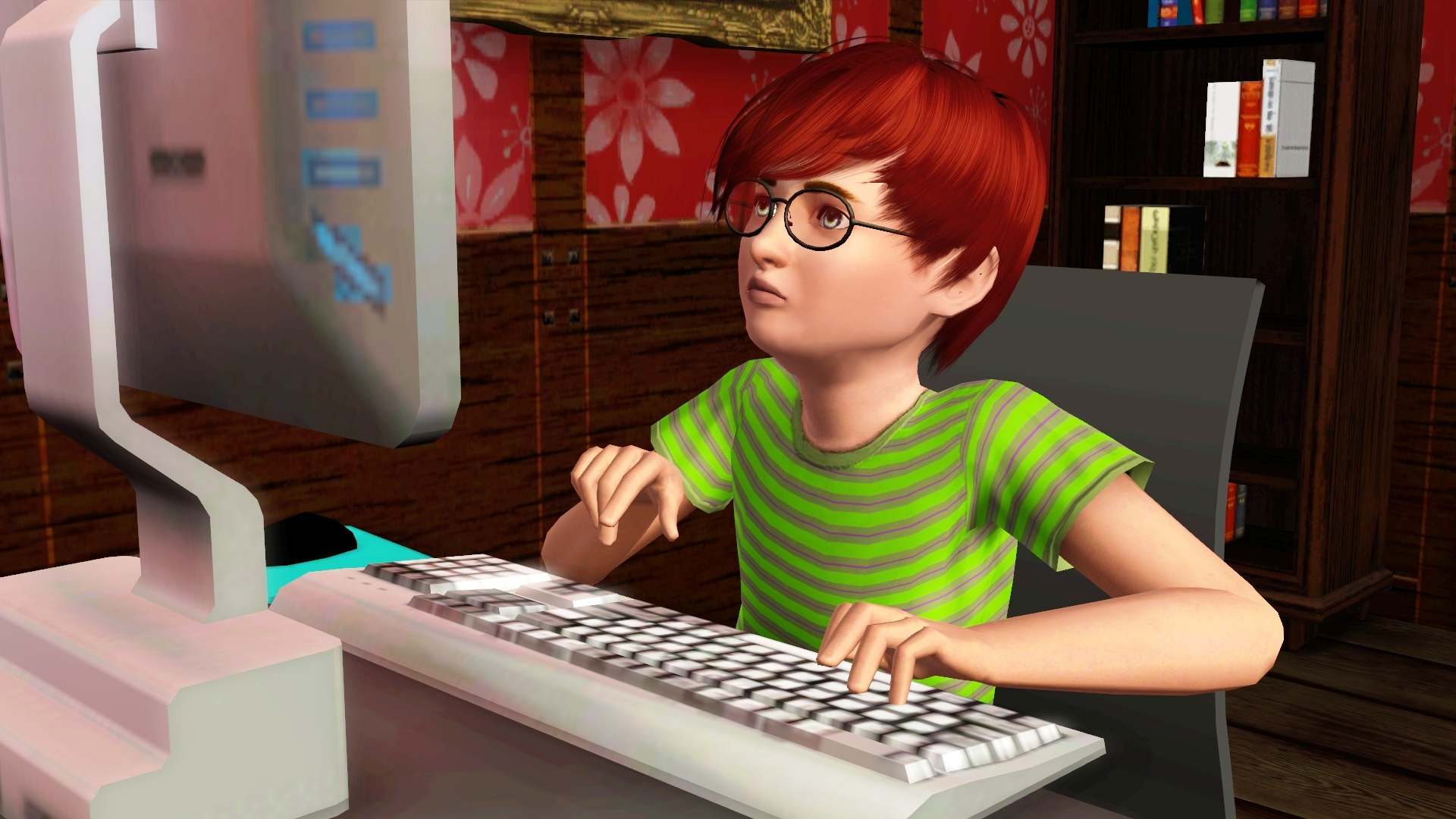We’ve all heard the numbers: Within the next three years, there will be more than 50 billion devices connected to the internet around the world. We are already seeing the effect of the Internet of Things in our homes, our vehicles, and our workplaces, so it only makes sense that the IoT would infiltrate schools as well.

The proliferation of connected devices is poised to become one of the most – if not the most -transformative influences on education since the introduction of computers themselves. Not only is the connected classroom changing the way that students learn and the actual assignments that they complete, but it’s expanding educators’ options for collaboration, communication, and customizing the learning experience for their students. Something as simple as using microcontrollers in more sophisticated highlighter pens, for example, can change the way that students take notes and retain information by potentially transferring what’s highlighted into a detailed outline, saving them time and helping with retention.
However, making homework easier for students isn’t the only benefit of the IoT to education.
The IoT Expands the Classroom
Before the age of the Internet, classrooms were relatively self-contained, and limited, spaces. Students had access to the teacher, their textbooks, and any auxiliary resources that happened to be available, such as encyclopedias or supplementary texts. Things have only improved. Many classrooms now are equipped with computers – and a growing number of school districts are equipping students with tablets or laptops that they carry with them for several years – allowing students to connect with a whole universe of resources, including other students and classes from around the world.
These connected resources aren’t just for research, either. Teachers can create more interactive and meaningful lessons and experiences using connected devices. For example, a lesson on the oceans might include connecting to a live feed from a deep sea submarine conducting research, or data from oceanic sensors, that provide a richer and more meaningful experience.
The IoT Allows for More Personalized Learning
Mobile devices in the classroom are ideal for customizing lessons and allowing children to work at their own pace and within their own learning style – while also providing teachers with greater insight into individual student progress, strengths, and areas needing improvement. There is an abundance of education apps that will adjust according to individual student performance, ensuring that students are consistently challenged and mastering the material. And teachers can use the real-time data collected by these apps to monitor student achievement, and adjust class learning materials and approaches as necessary.
The IoT Encourages More Collaboration
The IoT is making it possible for the classroom to become a truly collaborative space. From smart whiteboards that allow students and teachers to share and work on materials in the classroom, to opening the lines of communication between the school and parents – as well as between teachers – connectivity is making a significant difference in how collaborative the school environment is.
The IoT Allows for More Money for Education
While there are certainly costs associated with having a connected classroom (just one SMART whiteboard can run from $2,000 to $5,000, for instance) the IoT is actually making it possible for schools to reallocate resources more effectively. Textbooks are largely becoming a thing of the past; instead of buying books for the school and replacing them every few years (or not replacing them and forcing students to use outdated resources) students can instead connect to online resources and electronic versions of books, which are less expensive and more current. Schools are also able to use IoT technology to better manage resource usage. In one notable case, a Pennsylvania school district was able to save more than a million dollars on energy costs thanks to usage monitoring software – money that it was able to reinvest into education.
The IOT Makes Students Into Makers
The Maker Movement is becoming a powerful force in education, with students encouraged to think creatively and bring new and exciting ideas to life. Students have the tools to participate in design thinking and other creative processes – and not to mention, gain more experience in the STEM subjects – thanks to classroom connectivity.
The world of education has come a long way since the days of rows of desks, a blackboard, and rote memorization – and we are only in the early days of the IoT and connected education. We can only imagine what the future will bring, and how students will learn in the years to come.



